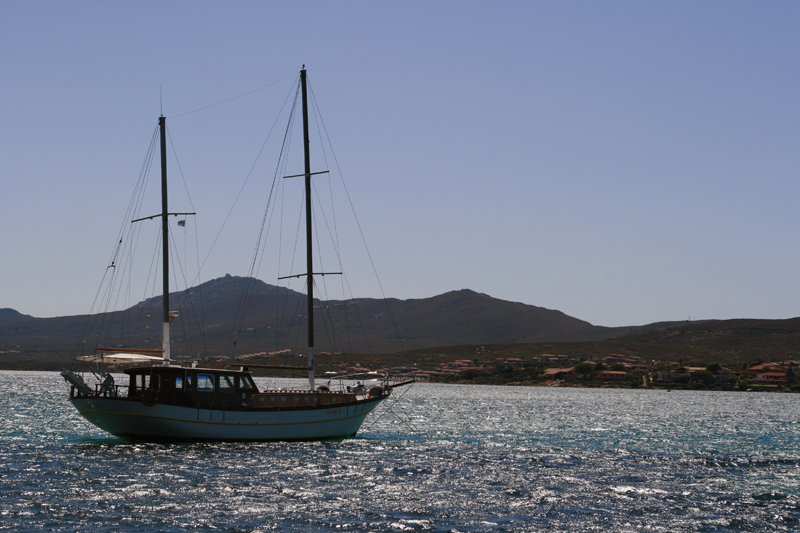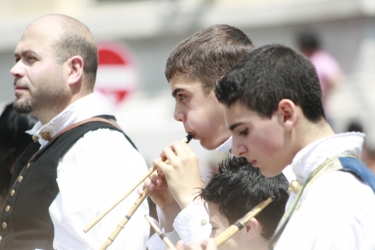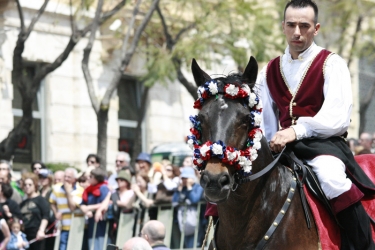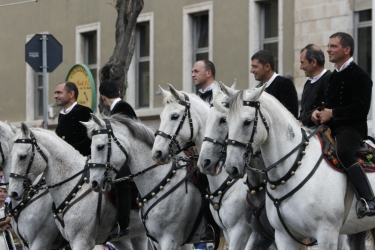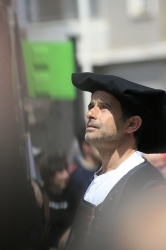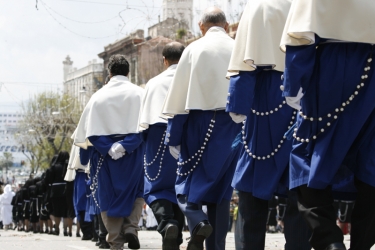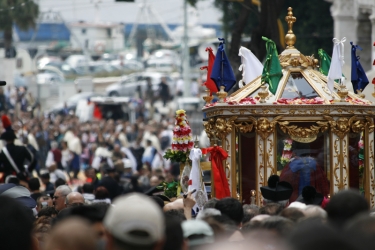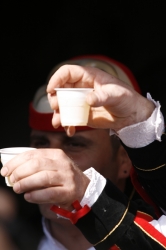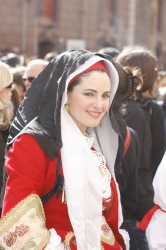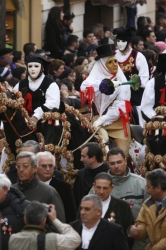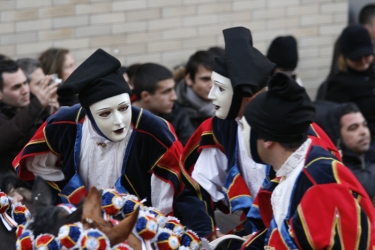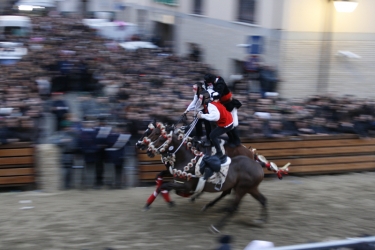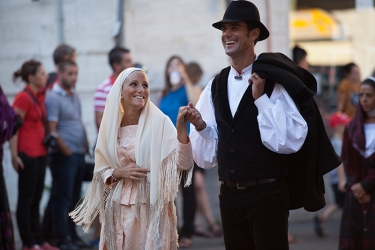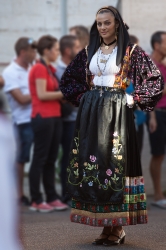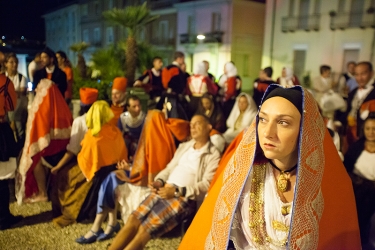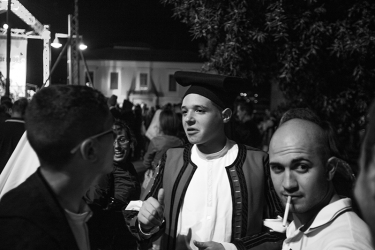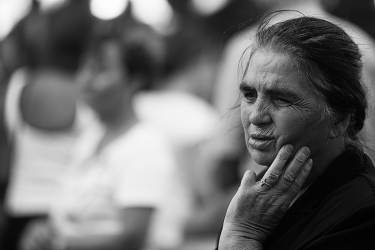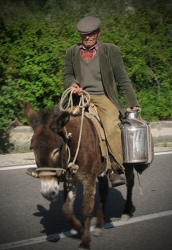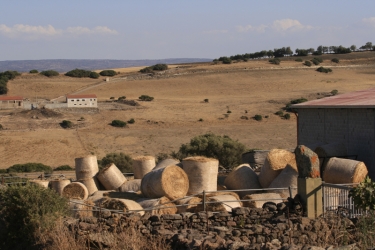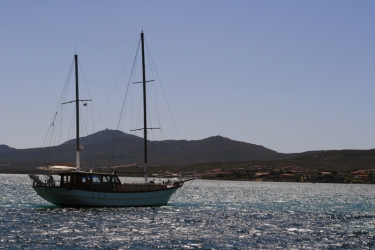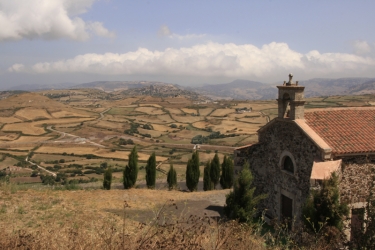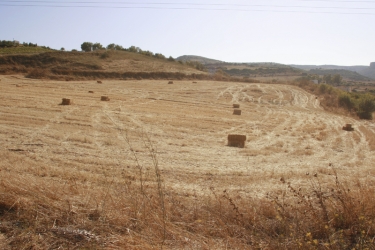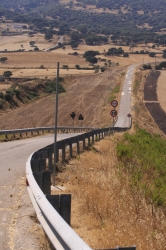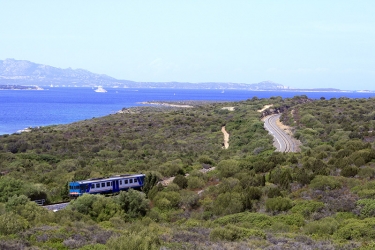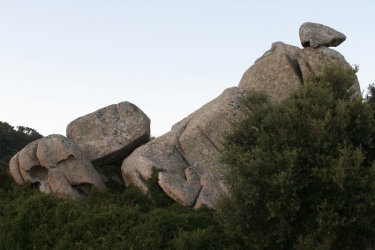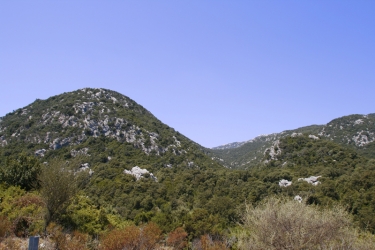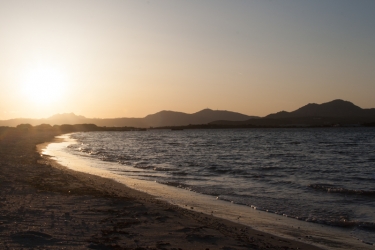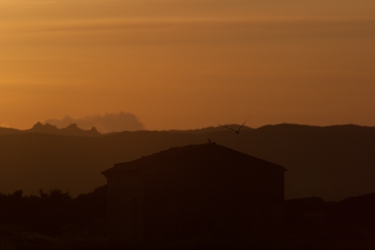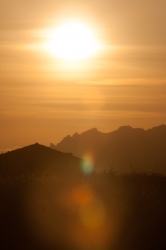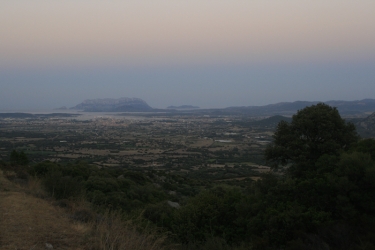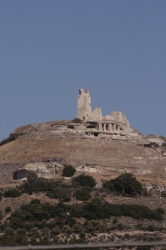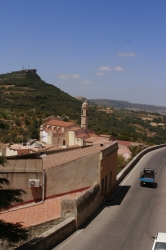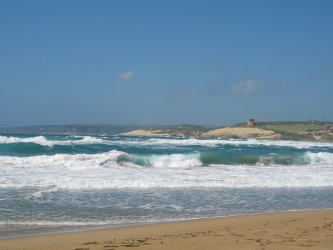Article Index
Sardinia is the place where I was born and grown up. Is the place of my memories, my pasts and deep connections. For me represents the place where I learned to walk, to swim in the crystal clear waters, to love, to eat: every memory has a precise flavour.
Sardinia is the second biggest island of the Mediterranean Sea, after Sicily. Politically belonging to Italy, Sardinia keeps deep memory of its ancient history and language.
Most people know this beautiful island for its amazing beaches with breath-taking views and the proverbial hospitality of the people, but a few ones really know the depth of its roots, which date back to over 4500 years ago. And it is from this very ancient history that rituals have been inherited across generations, constituting the essence of its tradition.
Traditions
Traditions in Sardinia have ancient origins, sometimes even difficult to identify.
Sant'Efisio
Since 1657, every May 1st Sardinians celebrate Sant'Efisio, born in the third century in Antioch in Asia Minor. He was sent by emperor Diocletian to kill the Christians, but on the way to Sardinia he converted himself to be Christian and was arrested, tortured and executed in Nora (south-west of Sardinia, close to Pula) on 15 January 303.
Sardinia is very devoted to the Saint, especially after having invoked him in order to heal the people from the terrible Black Death of the XV century. The city of Cagliari also called for his help during the French naval attack in 1793: indeed, a strong mistral wind kept the warships far enough from the city.
The festival of Sant'Efisio among the longest walking processions in Europe: it starts from the church of Sant'Efisio in Stampace (one of the 4 historical districts of Cagliari), to get to the ruins of Roman settlement of Nora, the place of his martyrdom.
Sa Sartiglia
Oristano has a quite unique way to celebrate Carnival: Sa Sartiglia, an equestrian carousel of medieval origins.
The word Sartiglia derives from the Castilian Sortija, that comes from the Latin sorticola (ring), having the diminutive of sors (luck). It’s a kind of competition among different groups (gremi, representing different historical part of the city) to catch as much ring possible. The ring has been replaced by a star, even more difficult to catch with a sword from a running horse. The overall celebration is also a way to invoke good luck for upcoming year. An event in which it is easy to track reminiscent of ancient agrarian mystic rituals through which people asking to the Gods for fertility of the land and abundance of the harvest. Indeed, the main figure of the overall cerimony is the so called Su Componidori: once he wears his white mask he becomes a kind of semi-God, sitting all day long on hoseback and never stepping with his own feets till the end of the day, when during the final cerimony the mask is removed and he comes back to his uman nature.
Su Redentore
Even if is part of the tradition, the Festival of the Redentore (Redeemer) of Nuoro, however, has quite recent origins: the installation of the statue of Christ the Redeemer on Mount Ortobene dates back to the beginning of 1900 and, as of then, every year the Redeemer is celebrated, being is the most important religious and folkloric festival of central Sardinia.
People of Sardinia
No one really knows what the most antic history of Sardinians is. Someone thinks they were warriors, some others that they were not that strong, since they have been dominated for centuries by foreign kingdoms. Once, the Spanish governor defined them as "pocos, y locos mal unidos" (a few, crazy and ill-joined).
During middle age, Sardinia, together with Corse and Sicily, were consider strategically important. After the discovery of Americas, Sardinia lost his strategic relevance, being considered as exchange good. People have thus acquired a certain intolerance to governors, who were changing according to the current king’s sympathies.
Historically, the Sardinian family is matriarchal: the woman, even though staying at home to look after the housework, is the one who grows the children, looks after the family budget and is responsible for relations with other families, while the man was working in the fields or take care of the animals.
Sardinia landscape
Sardinia, having about 1900 km of coastline, is the second largest island in the Mediterranean, after Sicily. Its wild nature has been preserved almost unchanged.
The area of Costa Smeralda in the North-East of the island, famous destination among the international jet set, is the most famous part of the island.
In the inside part, however, the landscape consists of almost uninhabited vast stretches.

